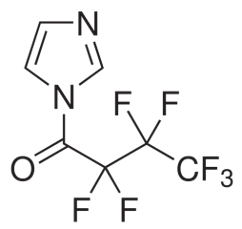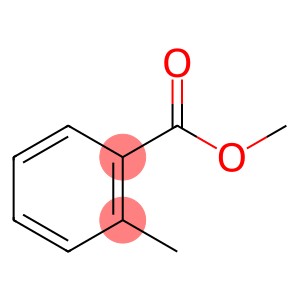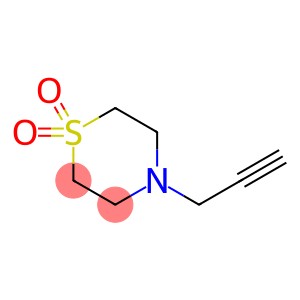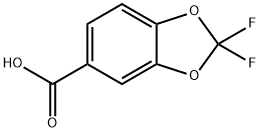2-Chloropyrazine(CAS#14508-49-7)
| Hazard Symbols | Xi – Irritant |
| Risk Codes | 36/37/38 – Irritating to eyes, respiratory system and skin. |
| Safety Description | S26 – In case of contact with eyes, rinse immediately with plenty of water and seek medical advice. S36 – Wear suitable protective clothing. S37/39 – Wear suitable gloves and eye/face protection |
| UN IDs | UN 1993 3/PG 3 |
| WGK Germany | 3 |
| TSCA | T |
| HS Code | 29339990 |
| Hazard Note | Irritant |
| Hazard Class | 3 |
| Packing Group | III |
Introduction
2-Chloropyrazine is an organic compound. The following is an introduction to some of the properties, uses, preparation methods and safety information of 2-chloropyrazine:Quality:- Appearance: 2-chloropyrazine is a white or off-white crystalline solid.- Solubility: 2-chloropyrazine has low solubility in water and is relatively soluble in organic solvents such as ethanol and methylene chloride.- Chemical properties: 2-chloropyrazine has strong alkalinity and can neutralize with acids.Use:- Pesticide field: 2-chloropyrazine can be used as one of the raw materials for insecticides and fungicides, and has good bactericidal and tickicidal activity.- Chemical research: 2-chloropyrazine is also used in organic synthesis, catalysts, etc.Method:- There are many preparation methods for 2-chloropyrazine, and the common method is obtained by the reaction of 2,5-dichloropyridine and isocyanate.Safety Information:- 2-Chloropyrazine is an organic compound that requires the general safety practices of organic chemistry laboratories, such as wearing protective equipment (gloves, goggles, etc.).- It may be irritating to the eyes, skin, and respiratory system, avoid contact with the eyes, skin, and ventilate well.- Keep away from fire and flammable substances during storage and use.- In case of accidental ingestion or inhalation, seek medical attention promptly.








